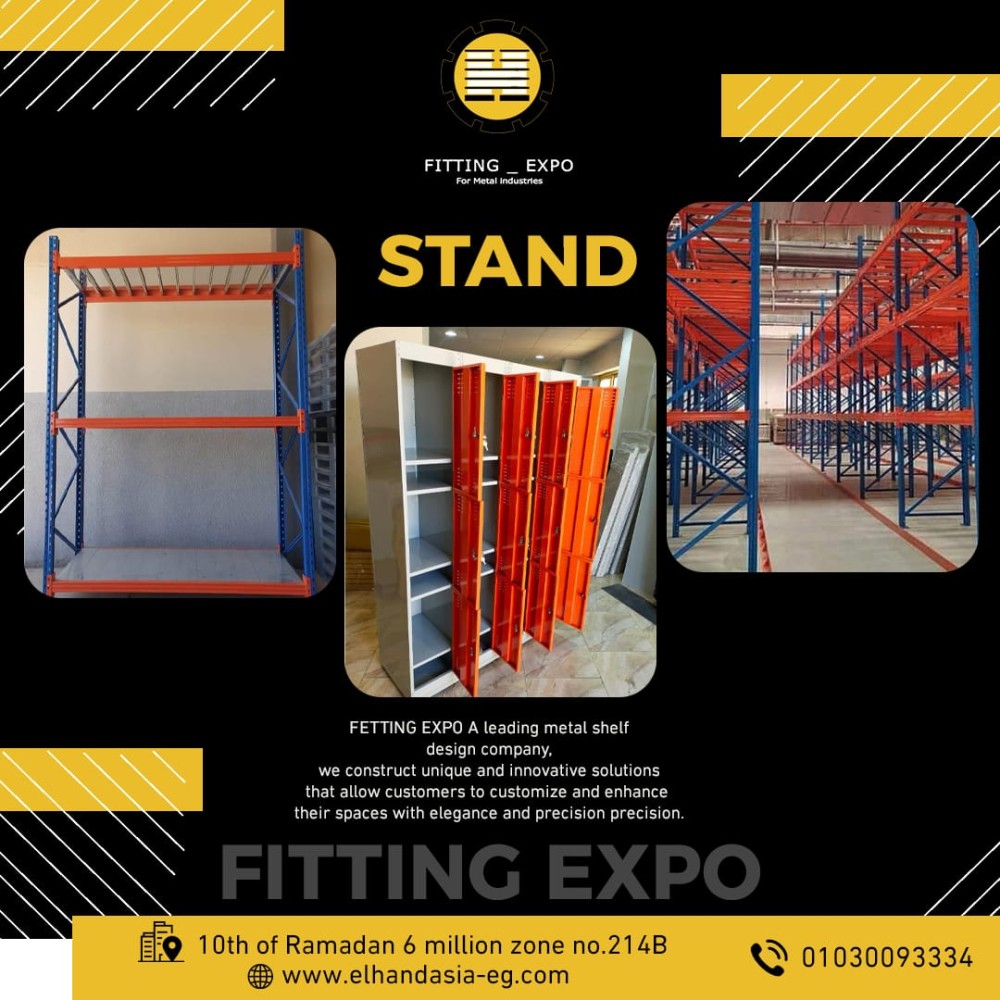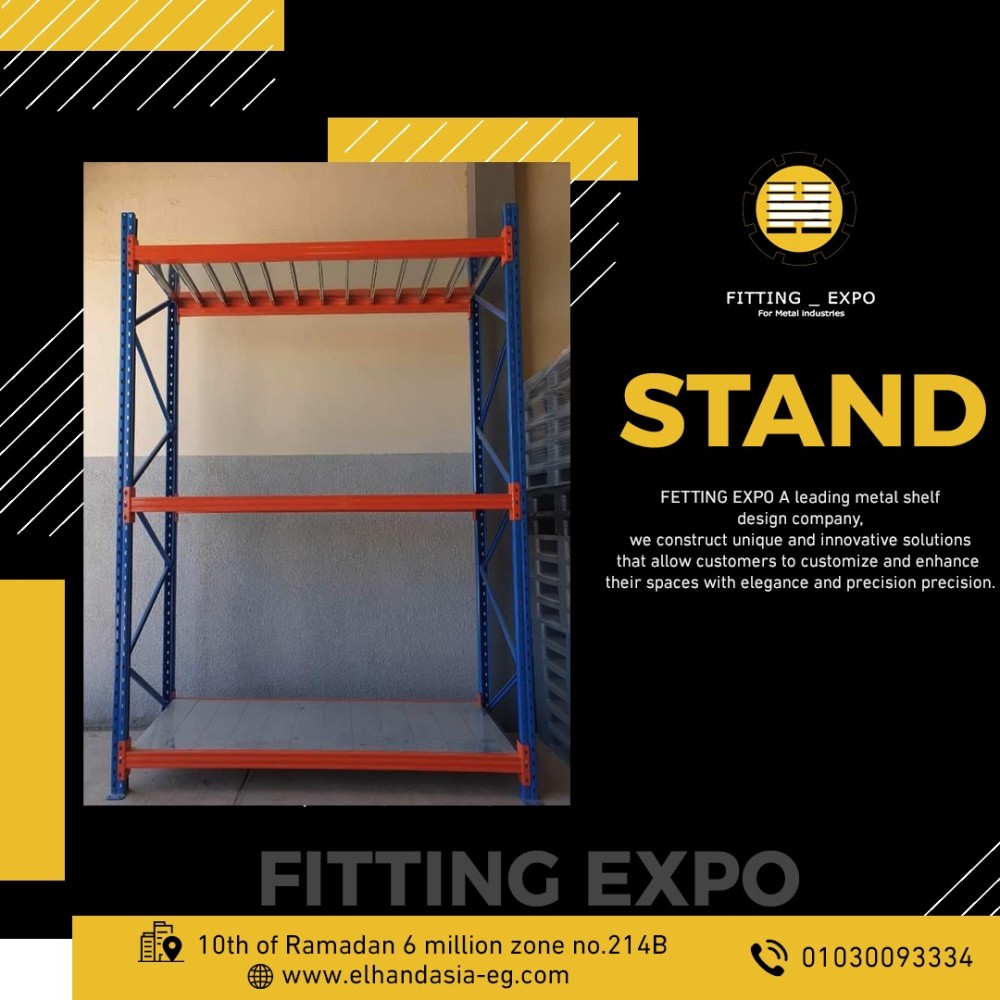Read More

Pallet Racking System
| 2024-03-15
Our Prodcuts
| 2024-03-20
Iron stand
| 2024-04-04
lockers
| 2024-10-17
MOBILE RACK
| 2024-10-20
FIFO vs. FEFO vs. LIFO
FIFO vs. FEFO vs. LIFO These are inventory management methods used to manage stock and determine the order in which goods are sold or consumed. Each method is suitable for different types of businesses and industries. 1. FIFO (First In, First Out): Definition: The oldest inventory (first purchased) is sold or used first. Advantages: Ensures inventory freshness (oldest stock moves out first). Suitable for perishable goods (e.g., food, pharmaceuticals). Matches the actual flow of goods in many industries. Disadvantages: Can overstate profits during inflation, as older, cheaper inventory is sold first. 2. FEFO (First Expired, First Out): Definition: Goods with the earliest expiration date are sold or used first, regardless of when they were purchased. Advantages: Minimizes waste of expired goods. Ensures consumer safety in industries like food and healthcare. Disadvantages: Requires close monitoring of expiration dates, increasing management costs. 3. LIFO (Last In, First Out): Definition: The newest inventory (last purchased) is sold or used first. Advantages: Reduces tax liability during inflation by matching higher costs with current revenues. Useful for non-perishable goods in industries like manufacturing. Disadvantages: May lead to obsolete stock remaining unsold.

